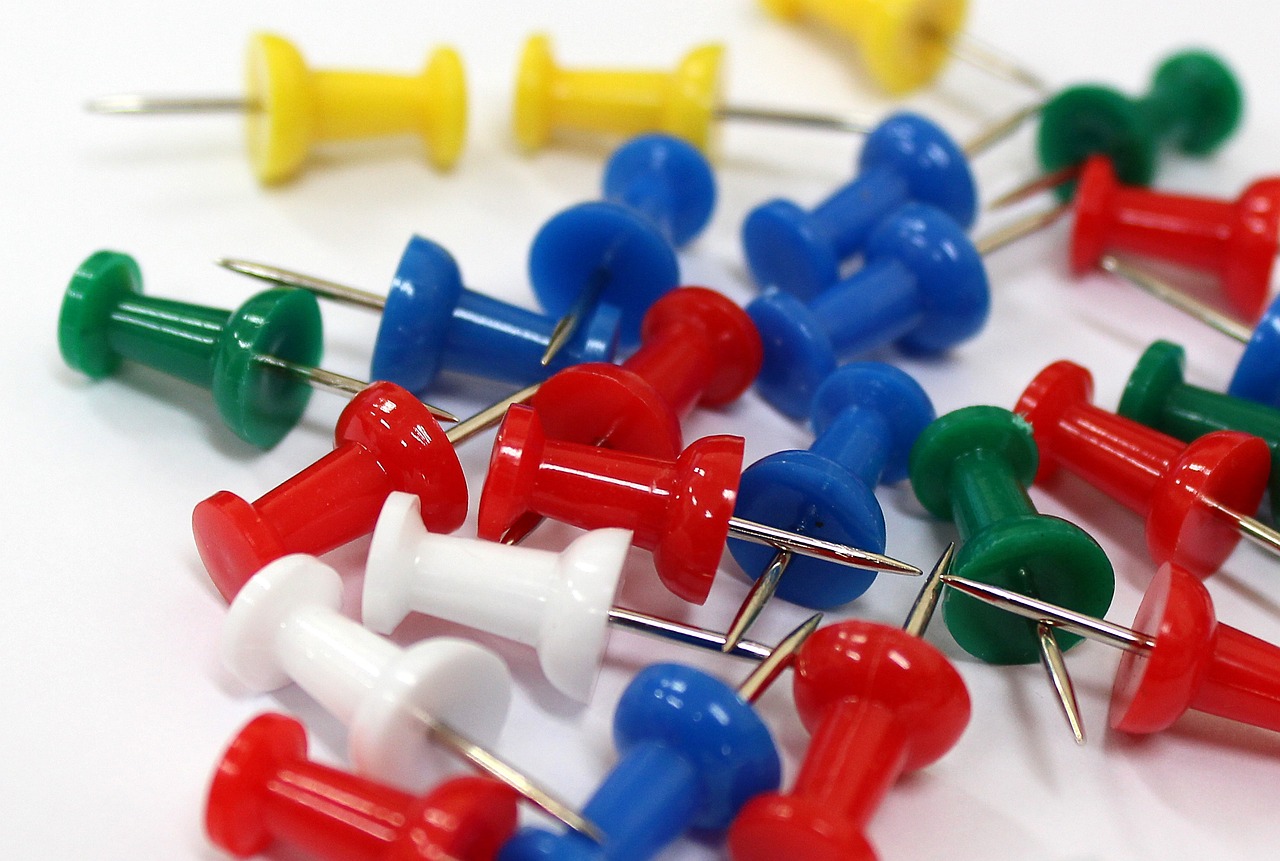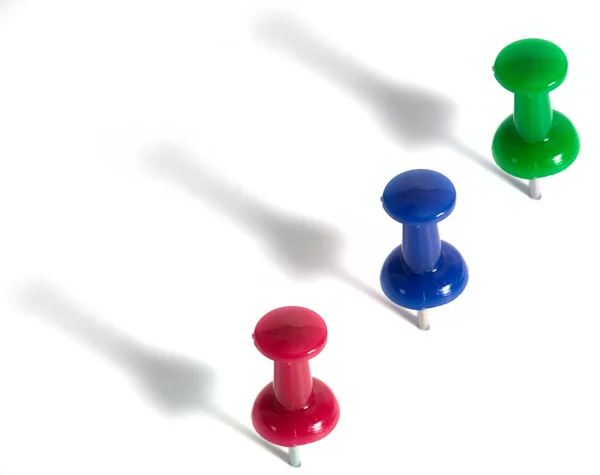Unveiling the Strength of Push Pins: How Much Weight Can They Hold?
Push pins, those small and seemingly inconspicuous office supplies, play a significant role in our daily lives. We use them to hang posters, photos, and notes on bulletin boards and walls. But have you ever wondered, "How much weight can a push pin hold?" In this article, we'll explore the capabilities of push pins, delve into factors that influence their weight-holding capacity, and provide insights into using them effectively.
1. The Basics of Push Pins

Basics of Push Pins
Before we delve into their weight-holding capacity, let's understand the anatomy of a push pin.
These handy tools typically consist of a metal pin with a pointed end and a plastic or metal head that provides a gripping surface.
The pin is designed to puncture materials and secure lightweight objects.
2. The Weight-Holding Myth
One common misconception is that push pins can hold only a negligible amount of weight. While they are indeed intended for lightweight items, their actual weight-holding capacity might surprise you.
3. Factors That Influence Weight Holding
The weight a push pin can hold depends on several factors:
Material: The type of material you're trying to attach the pin to plays a significant role. Soft materials like corkboards might provide more grip than hard surfaces like walls.
Pin Length: Longer pins tend to provide more stability and support for items.
Pin Thickness: Thicker pins are generally sturdier and can hold more weight than thinner ones.
Surface Area: The surface area of the pin's head that comes into contact with the object affects its holding capacity. A larger head distributes the weight more effectively.
4. The Surprising Capacity
Push pins might be small, but they can hold more weight than you might think.
On average, a standard push pin can hold between 0.5 to 1 pound (about 0.2 to 0.45 kilograms) of weight. This capacity is suitable for lightweight items such as photos, small notes, and paper.
5. Effective Use of Push Pins

Push Pins
To make the most of push pins and ensure their effectiveness, consider these tips:
Proper Placement: Choose the right location to insert the pin. Soft materials like corkboards provide better grip than drywall.
Weight Distribution: If you need to hang something heavier, consider using multiple push pins to distribute the weight evenly.
Angle of Insertion: Insert the pin at a slight angle to maximize its grip on the material.
Supportive Backing: For heavier items, consider using a supportive backing like a cardboard or foam board behind the material you're attaching.
6. Alternative Solutions for Heavier Items
If you need to hang heavier items such as frames or decorative pieces, consider using alternatives like nails, screws, adhesive hooks, or picture hangers.
These options provide more stability and are designed to support more weight.
While push pins might appear diminutive, they offer a surprising amount of weight-holding capacity. Their convenience and ease of use make them ideal for securing lightweight items to bulletin boards and similar surfaces. By understanding the factors that influence their grip and using them effectively, you can make the most of push pins in various settings. For heavier items, exploring alternative solutions tailored to the weight and type of material is recommended. So, the next time you reach for a push pin, remember that its capabilities extend beyond its size, providing a functional and reliable way to display your favorite photos and notes.